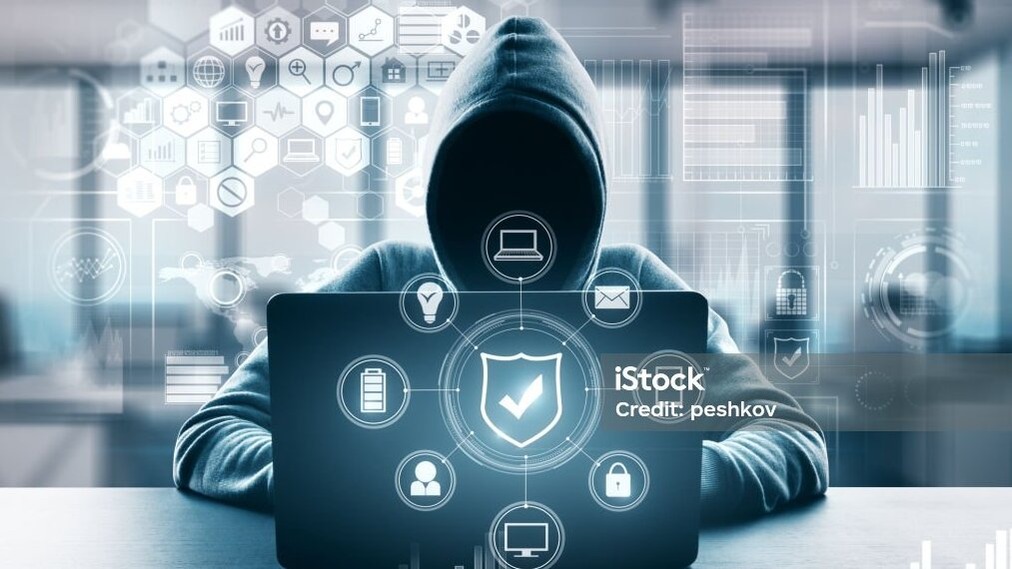Introduction to Cyber Threats
Cyber Threats a malicious act that aims to destroy data, steal data, or otherwise interfere with digital life is referred to as a cyber or cybersecurity threat. Computer viruses, data breaches, DoS assaults, and other attack methods are examples of cyberthreats.
Cyber threats also refer to the potential for a successful cyber assault with the intent of stealing sensitive data, damaging or disrupting a computer network, or gaining unauthorized access to an information technology asset. Cyberthreats may originate from a company’s own trusted employees or may come from distant, unidentified parties.
Types of Cyber Threats
There are several types of cyber threats
- Malware: Software that has been created expressly to carry out harmful operations on a device or network, such as altering data or seizing control of a system, is known as malware (malicious software).
- Spyware: Spyware is a type of malware that conceals itself on a device and shares real-time information with its host, allowing the host to steal information like bank account numbers and passwords.
- Phishing attack : Phishing attack are when a cybercriminal attempts to lure individuals into providing sensitive data such as personally identifiable information (PII), banking and credit card details, and passwords
Impact and Consequences of Cyber Threats
Due to the greater number of security flaws and loopholes that enterprises and companies tend to have, cybercriminals are more inclined to target them.
All types of enterprises can be targeted, and they will all experience the following short- and long-term repercussions. The most heavily targeted industries are those in the energy, finance, and technological sectors.
You see several type of impact of cyber threats
- Loss of Productivity
- Loss of Revenue
- Loss of Reputation
Mitigation and Cybersecurity Best Practices
In cybersecurity, mitigation describes the steps done to lessen the effects of a cyber assault. This can entail actions like:
- Asset identification and ranking are important steps in figuring out which assets are most important to the company and should be protected first.
- Implementing security controls entails both administrative and procedural measures, such as security awareness training and incident response protocols, as well as technical measures, such as intrusion detection systems and firewalls.
- Monitoring and handling incidents: This entails keeping an eye out for indications of an attack on networks and systems, as well as having a strategy in place for handling problems when they arise.
There are specialized best practices for certain kinds of cybersecurity risks in addition to these basic best practices. For instance, enterprises should use antivirus and antimalware software and maintain their systems updated with the most recent security patches to protect themselves against malware attacks.













